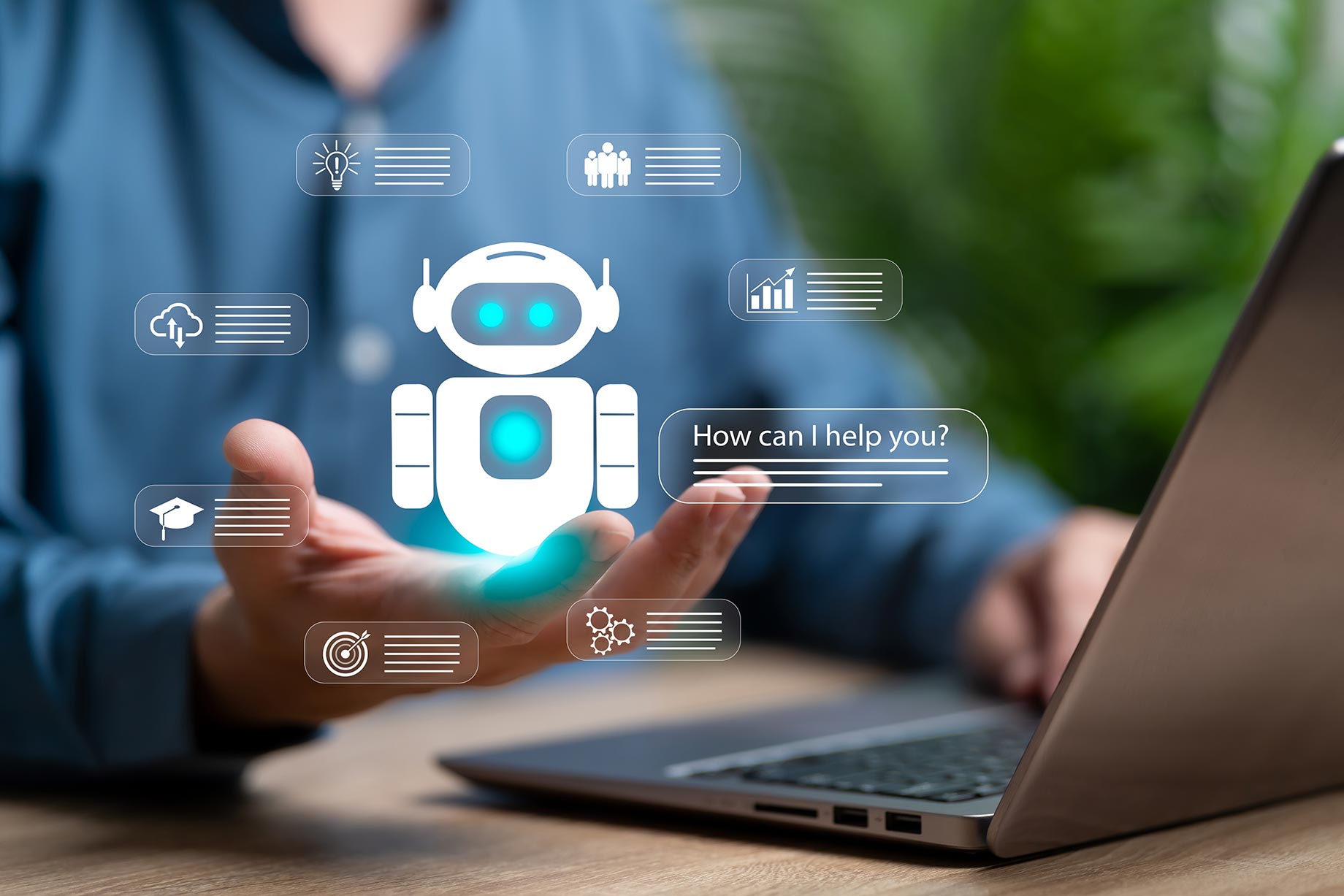
The evolution of artificial intelligence has reached a pivotal stage where machines are no longer just tools but partners in communication. Businesses across industries are shifting from simple, rule-based bots to intelligent digital agents capable of understanding context, emotion, and intent. This transformation is fueled by advances in language models, automation frameworks, and platforms designed to make AI creation accessible to every organization.
Why the Future Belongs to Conversational AI
The digital customer experience is no longer limited to web forms or static interfaces. Today, 67% of consumers worldwide prefer to interact with brands through messaging channels, according to a 2025 PwC study. This demand for seamless and intelligent interaction has given rise to a new generation of conversational technologies that merge automation with human-like dialogue.
A conversational AI platform lies at the heart of this transformation. Unlike traditional customer support systems, it combines natural language understanding (NLU), machine learning, and knowledge graphs to simulate authentic human conversations. The result is a system that can comprehend complex questions, remember previous interactions, and continuously learn from each exchange.
How It Works
| Component | Description | Example Function |
|---|---|---|
| Natural Language Processing | Interprets meaning and context of user input | Identifies customer intent like “cancel order” |
| Dialogue Management | Controls flow of conversation | Chooses next best response |
| Machine Learning Engine | Learns from data and outcomes | Improves accuracy over time |
By combining these layers, conversational systems can operate across multiple channels – chat, voice, social media, and email – while maintaining consistency and personalization.
Building Smarter AI Agents
The process of developing intelligent assistants has become more democratized. Previously, creating an AI-driven agent required a team of data scientists, engineers, and linguists. Now, thanks to tools like an AI agent builder, companies can design, train, and deploy agents with minimal coding knowledge.
Core Features of Modern AI Agent Builders
- Visual Workflow Design: Drag-and-drop interfaces allow users to build conversation flows intuitively.
- Pre-Trained Models: Ready-to-use datasets reduce training time and improve accuracy for specific industries.
- Integration APIs: Seamless connections with CRM, ERP, and communication tools streamline deployment.
- Analytics Dashboards: Real-time insights into performance, sentiment, and user behavior.
This accessibility has led to explosive growth in adoption. Gartner predicts that by 2027, 75% of customer service interactions will be handled by AI agents, compared to just 15% in 2021.
Example: Real-World ROI
| Industry | AI Agent Use Case | Reported Outcome |
|---|---|---|
| Retail | Virtual shopping assistant | +32% increase in conversion rates |
| Healthcare | Patient intake and triage bot | 40% reduction in waiting times |
| Banking | Loan application automation | Saved $2.1M annually in processing costs |
These numbers illustrate how AI agents are no longer experimental – they are becoming essential components of digital infrastructure.
Humanizing the AI Experience
While technology enables scalability, empathy remains the cornerstone of great communication. Modern AI systems are being trained to recognize tone, frustration, and sentiment in real time. This allows them to respond more appropriately, reducing customer churn and improving satisfaction.
In a 2024 Salesforce survey, 74% of users said they were more likely to stay loyal to a brand that provides personalized and empathetic support. That’s where cognitive intelligence comes into play – combining logic with emotion to create meaningful exchanges rather than mechanical replies.
Techniques to Enhance Human-Like Interaction
- Context Retention: Remembering past interactions for continuity.
- Dynamic Tone Adjustment: Modifying responses based on user mood.
- Cultural Sensitivity Models: Adapting phrasing and idioms for different audiences.
When AI agents can communicate naturally, they don’t just solve problems – they build relationships.
The Next Phase: Autonomous Digital Operations
Beyond customer service, conversational agents are starting to take on operational roles. From scheduling and lead qualification to onboarding and compliance checks, AI-driven agents are evolving into autonomous digital employees. Their ability to learn and adapt allows them to support human teams, freeing people to focus on strategy and innovation.
Companies integrating these systems are already reporting tangible results. A 2025 Deloitte study found that organizations using AI-driven communication frameworks experienced an average 45% reduction in support costs and a 38% increase in operational speed.
Conclusion: Toward a Collaborative Future
The journey from chatbots to intelligent digital partners represents a major shift in how businesses communicate and operate. With the combination of a robust conversational infrastructure and easy-to-use building tools, organizations can now create intelligent agents that embody their brand voice and values.
As AI continues to mature, the lines between human and machine interaction will blur even further. The goal isn’t to replace people but to augment them – to make communication more natural, responsive, and adaptive. Businesses that embrace this vision today will define the customer experience standards of tomorrow.